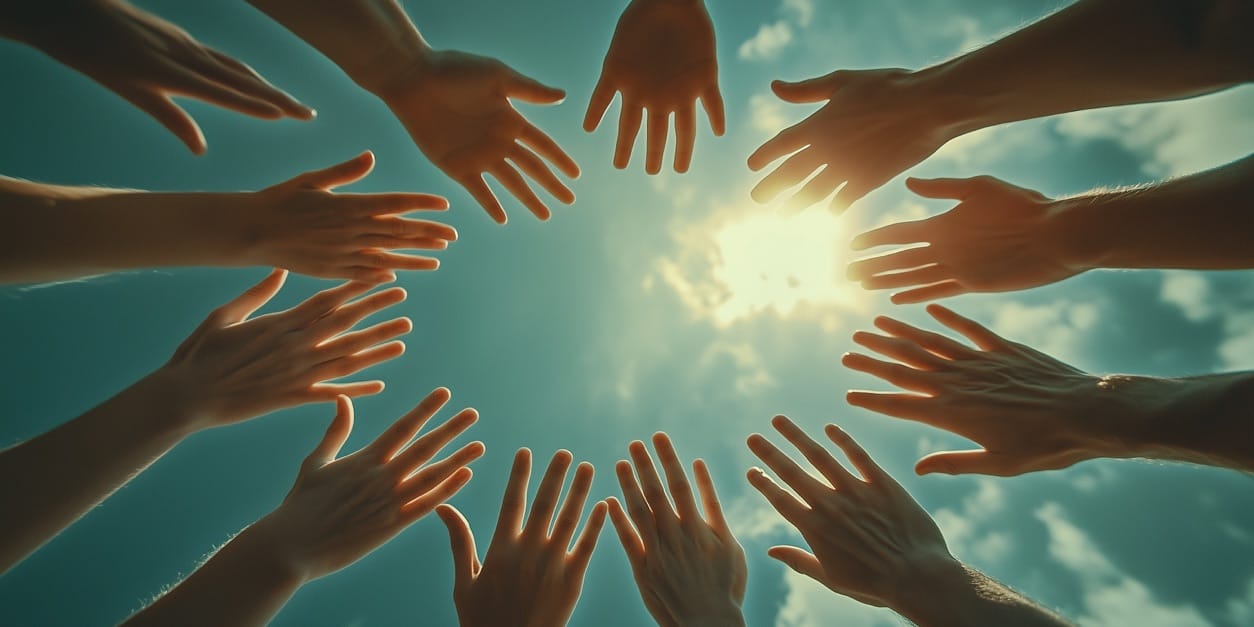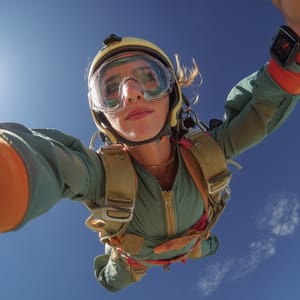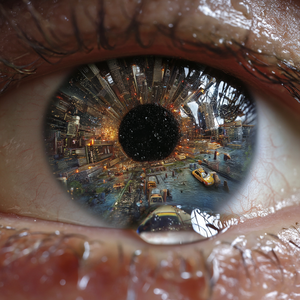Message received, my readers: the last one was pretty long; welcome to the easy version (90% easier).
Still too much? No worries, I got your six. I'll reduce it to tweet level tomorrow.

The narrative around fertility often feels heavy these days, doesn't it? We see the headlines, sense the anxieties – global rates shifting, caught in the complex web of modern life, environmental shifts, and the undeniable weight of stress. It's easy to get lost, staring into the abyss, our ever-ready doom-scroll optimised assistants to help us keep living our best life...
It seems hard to believe, crammed on the tube at peak sardine, but under-population is a legitimate existential risk.
We have (somewhat) empowered women to stand separate and find success beyond motherhood alone. And what a victory that is. But nothing comes for free, and we have to face the music; many women find themselves facing a sadder song than they had hoped.
But amidst the noise, the lies a different signal - a beacon of hope. Real hope. Evidence-based hope. While the challenges are real, the response from science and technology, especially AI and machine learning, offers a far superior map on which we can navigate this landscape with much surer footing.
The safer you feel, the safer others feel, and so we spread...
I want hope to go viral.
Think of it like this:
- Sharper Sight: AI is helping us see fertility issues more clearly, improving diagnostics to catch underlying factors sooner.
- Smarter Paths: It's fine-tuning treatments like IVF, using data to personalize approaches and hopefully boost success rates.
- Wider Lens: AI allows researchers to analyse vast patterns, giving us a clearer map of the complex factors influencing reproductive health globally.
This isn't about blind faith in technology. Emerging tools bring their own crucial ethical questions we must grapple with. It's about conscious engagement and active learning.
Stay curious.
The core message here isn't doom, but agency.
There is still time.
We have a window where understanding these trends and responsibly leveraging powerful new tools - guided by the deep depths that make us most human - can make a real difference in supporting reproductive health and choice. It calls us to engage wisely, not just reactively.
Will you answer?
It's easier to do this together.






Comments